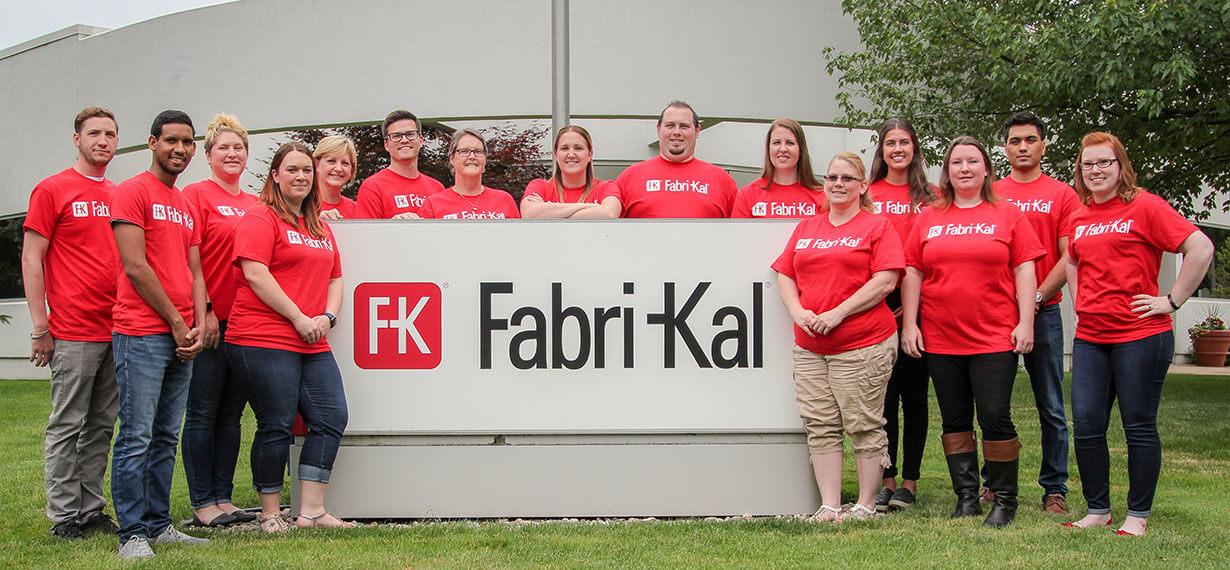Fabri-Kal’s Greenware Line: Can Bioplastics Really Save the Planet?

In an era defined by climate change, plastic pollution, and a growing demand for sustainability, bioplastics have emerged as a hopeful alternative to traditional plastics. Among the industry leaders in this space, Fabri-Kal’s Greenware® line stands out as a pioneer in producing compostable packaging made entirely from plants. But the critical question remains: Can bioplastics like Greenware® really save the planet?
This article explores the promise, performance, and limitations of Fabri-Kal’s Greenware line—and whether it holds the key to solving our global plastic crisis.
What Is Greenware®?
Greenware® is Fabri-Kal flagship line of sustainable foodservice packaging made from 100% plant-based materials. Instead of fossil fuels, it uses Ingeo™ PLA, a biopolymer made from U.S.-grown field corn.
Key features of Greenware products include:
-
✅ Made entirely from plants
-
✅ Certified compostable by the Biodegradable Products Institute (BPI)
-
✅ Crystal clear and durable, mimicking traditional plastic
-
✅ Made in the USA, reducing transportation emissions
The line includes cold drink cups, portion containers, lids, and on-the-go food packaging—all designed to break down in commercial composting environments.
Why Bioplastics Were Introduced
Bioplastics were developed to reduce our dependence on petroleum-based plastics, which:
-
Take hundreds of years to decompose
-
Often end up in landfills or oceans
-
Release toxic chemicals and microplastics into the environment
-
Are rarely recycled effectively (only about 9% of plastic is recycled globally)
Greenware and other PLA-based products offer a plant-powered solution that aims to close the loop—turning plants into packaging, then back into soil through composting.
The Environmental Advantages of Greenware®
🌿 1. Renewable Resource Usage
Unlike petroleum, corn can be harvested annually, making it a renewable and more sustainable feedstock. Less than 0.05% of U.S. field corn goes to PLA production, so it doesn't threaten food supply.
🌎 2. Lower Carbon Footprint
Producing PLA emits up to 75% less greenhouse gas emissions than traditional plastic production. Plus, Greenware is made domestically, reducing emissions from global transportation.
🔄 3. Compostability
When disposed of properly in an industrial composting facility, Greenware products break down within 90 to 180 days, returning to the earth as nutrient-rich compost.
🔍 4. Transparency and Certification
Greenware is BPI-certified and labeled with clear instructions, helping build consumer trust and making it easier to dispose of responsibly.
But Can Bioplastics Really Save the Planet?
While Greenware and similar products offer many advantages, they’re not a magic bullet. To assess their true impact, we must look at both the potential and limitations.
The Challenges and Misconceptions
🚫 1. Limited Composting Infrastructure
The biggest hurdle? Most U.S. cities lack access to commercial composting facilities. Without proper disposal, Greenware can end up in landfills, where it won’t compost properly due to the lack of heat and oxygen.
❌ 2. Consumer Confusion
Many people mistakenly toss compostable plastics into regular trash or recycling bins. Unfortunately:
-
Compostable plastics in recycling streams can contaminate batches.
-
In landfills, they behave like regular plastic and don’t degrade as intended.
📦 3. Resource Consumption
Though renewable, growing corn still requires land, water, and fertilizers, which carry environmental impacts. If bioplastics were scaled massively without care, it could pressure agricultural systems.
⚖️ 4. Bioplastics vs. Reusables
Compostable single-use products are better than petroleum plastics—but not better than reusable options. In many cases, reusable containers and packaging systems offer the most sustainable long-term solution.
Fabri-Kal’s Role in the Bigger Picture
Despite these challenges, Fabri-Kal isn’t claiming that Greenware alone will solve the global plastic crisis. Instead, they position it as a transitional tool—a practical step forward for businesses and consumers who need disposable options but want to minimize their impact.
Fabri-Kal also invests in:
-
Sustainable sourcing practices for PLA
-
Consumer education and clear labeling
-
Partnerships with composters and municipalities
-
Packaging innovation to reduce material use and weight
Use Cases Where Greenware Shines
Greenware is especially beneficial in industries and settings where single-use packaging is unavoidable, such as:
-
🥤 Coffee shops and cafés
-
🥗 Salad bars and delis
-
🛒 Grab-and-go grocery sections
-
🚛 Food trucks and events
-
🏫 Schools and corporate cafeterias
In these contexts, Greenware offers a guilt-free alternative that aligns with both operational needs and sustainability goals.
How Eco-Friendly Brands Benefit
Greenware packaging gives eco-conscious brands an edge:
-
✅ Helps communicate sustainability to consumers
-
✅ Reinforces brand values and ethics
-
✅ Enhances customer loyalty by reducing environmental guilt
-
✅ Prepares businesses for upcoming plastic bans and regulations
By choosing Greenware, brands send a powerful message: We care about the planet, and we’re acting on it.
The Way Forward: Innovation, Education, and Infrastructure
Bioplastics like Greenware are part of a larger ecosystem of solutions. To fully unlock their potential, a few key actions are needed:
-
Expand Composting Access
Governments and private sectors must invest in composting infrastructure to ensure compostables reach the right destination. -
Educate Consumers
Clear labeling, signage, and awareness campaigns help consumers dispose of compostable items properly. -
Design for End-of-Life
Fabri-Kal and similar companies must continue designing packaging with its full lifecycle in mind. -
Integrate with Circular Systems
Bioplastics should be used in systems where collection and composting are feasible—like closed-loop events, campuses, or cities with curbside composting.
Conclusion: A Step in the Right Direction
So, can Fabri-Kal’s Greenware really save the planet?
Not on its own. But it’s a crucial piece of the puzzle.
Greenware represents a meaningful shift away from fossil fuel-based plastics, offering businesses and consumers a smarter, cleaner choice. When combined with proper composting, consumer education, and broader waste infrastructure improvements, bioplastics like Greenware can dramatically reduce landfill waste, cut emissions, and support soil regeneration.
In a world overloaded with plastic waste, every sustainable choice matters. And Fabri-Kal’s Greenware line is helping turn the tide—one corn-based cup at a time.
- Art
- Causes
- Best Offers
- Crafts
- Dance
- Drinks
- Film
- Fitness
- Food
- Spiele
- Gardening
- Health
- Startseite
- Literature
- Music
- Networking
- Andere
- Party
- Religion
- Shopping
- Sports
- Theater
- Wellness



